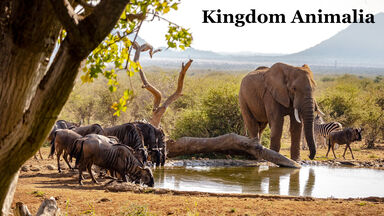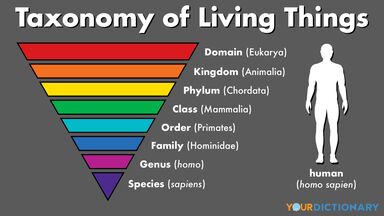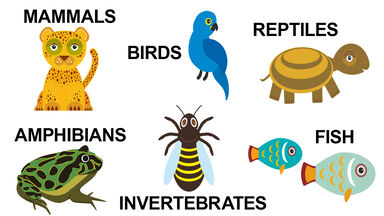It has, in fact, become metamorphosed into a resistant supporting structure resembling in some respects the notochord of the true Chordata, but probably not directly comparable with the latter structure, being related to it solely by way of substitution.
But only slight modifications are required to produce the Tornaria larva of the Enteropneusta and other larvae, including the special type that is inferred from the Dipleurula larval stages of recent forms to have characterized the ancestor of the Echinoderms. We cannot enter here into all the details of comparison between these larval forms; amid much that is hypothetical a few homologies are widely accepted, and the preceding account will show the kind of relation that the Echinoderms bear to other animals, including what are now usually regarded as the ancestors of the Chordata (to which back-boned animals belong), as well as the nature of the evidence that their study has been, or may be, made to yield.
On account of the absence of anything in the nature of a skull, Amphioxus has been regarded as the type of a division, Acrania, in contrast with the Craniata which comprise all the higher Chordata.


